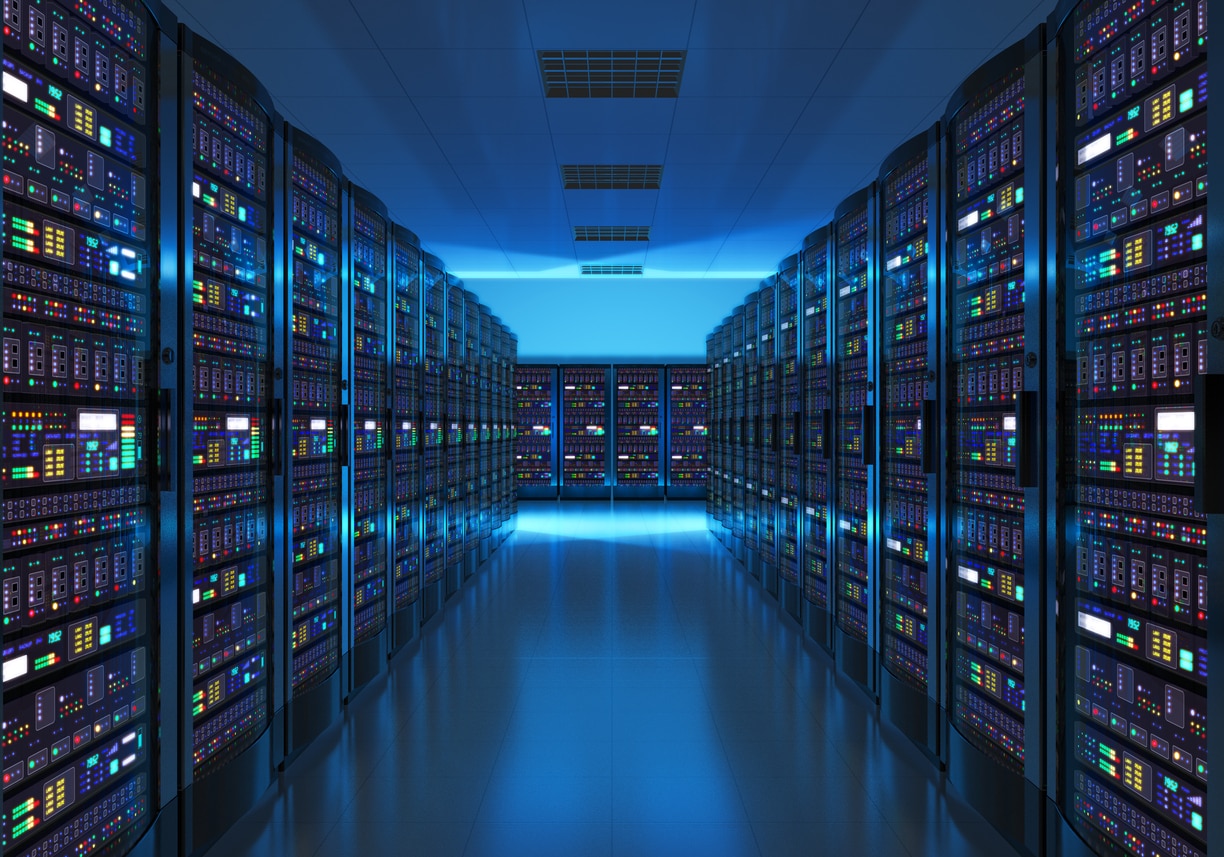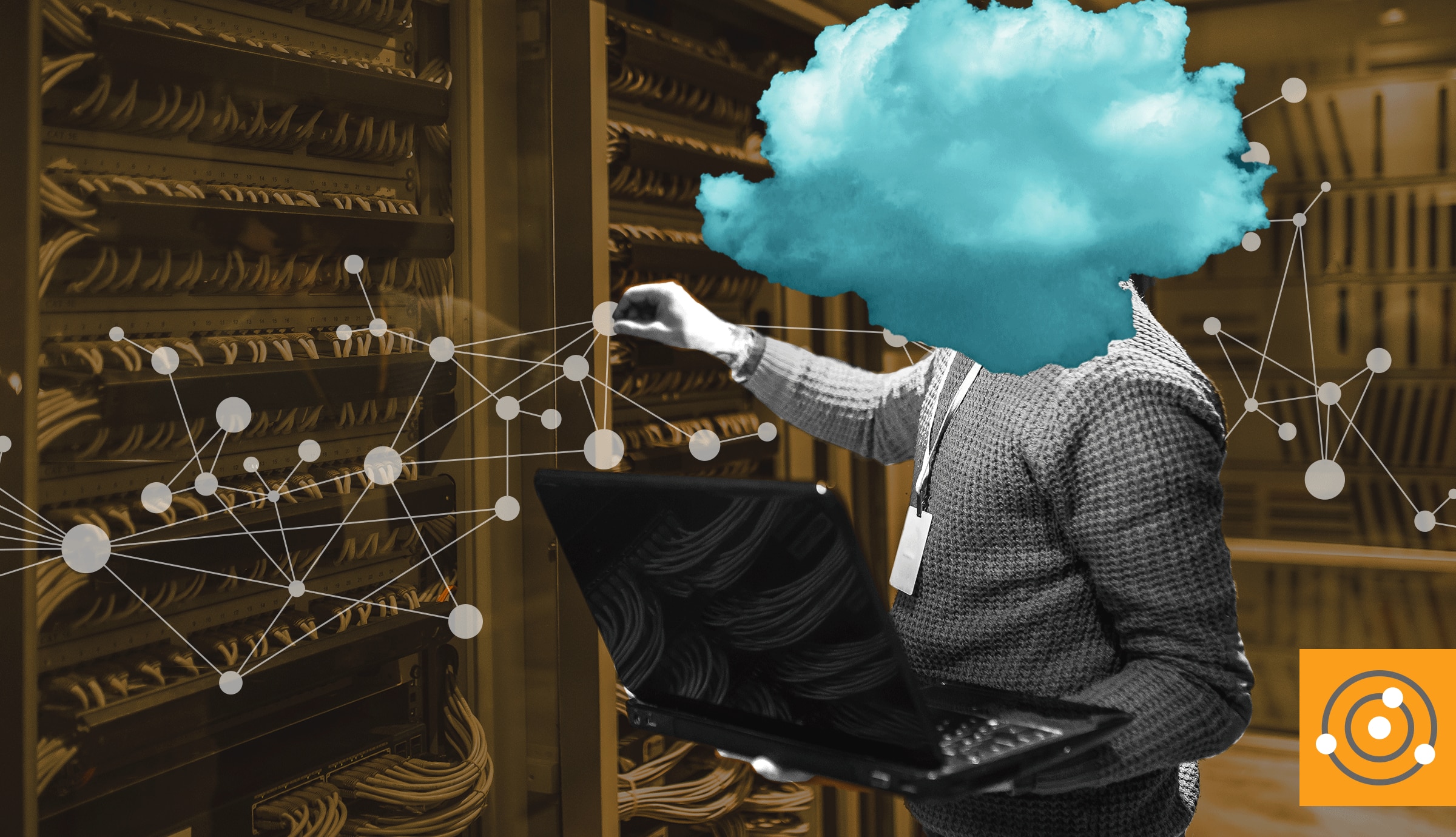System Administrators (SysAdmins) often represent the core of IT organizations. SysAdmins manage the organization's computing infrastructure, encompassing servers, virtualization, networking, and storage. For many years, the term System Administrator, or SysAdmin, was typically associated with Linux or UNIX systems.
During my early career as a database administrator (DBA), the UNIX SysAdmin was the person who had the superuser or root password, and you needed them to install Oracle on a Sun Solaris server. In our modern DevOps world, SysAdmins may also manage core systems like Microsoft Active Directory or can be found as part of the
Site Reliability Engineering (SRE) team, which are core competencies you'll find at most organizations today.
Key Responsibilities of a SysAdmin
A primary responsibility of the SysAdmin is to keep servers operational and running, ensuring servers meet uptime goals. Although this may sound simple, many tasks combine to achieve these goals.
Two essential SysAdmin tasks are:
- Patching or making upgrades to operating systems, hardware, and hypervisors
- Ensuring system backups
As the complexity and the number of systems grows, the skills involved to achieve these tasks will begin to include automation and scripting to enable automation. While most SysAdmins don't consider themselves developers, they are often some of the best at writing shell scripts in various flavors.
I've found an organization's
digital transformation journey often influences defining system administrator responsibilities. For example, while larger organizations may have dedicated network administrators, system administrators may take on some of the responsibilities for networking and firewalls. In this hybrid role, SysAdmin tasks can include managing local area networks, wide area networks, and network infrastructure like Cisco routers.
For organizations taking advantage of cloud computing, SysAdmins may also be responsible for managing cloud resources and networks. Additionally, SysAdmins can manage storage infrastructure and provide adequate storage resources to servers and infrastructure.
In organizations moving to more modern infrastructure and organizational structures, the system administrator role may move into the SRE group. While the skills needed in those roles are mostly the same as traditional system administration, they may also encompass newer technologies, such as container orchestration using Kubernetes or working with various flavors of
DevOps tools to monitor and troubleshoot software deployments.
What Does a System Administrator Do? SysAdmin Role Explained
The day-to-day work of a System Administrator varies widely. Managing a vast array of computer systems leads to several different job tasks. Some days may involve troubleshooting user problems or addressing technical support tickets, while others may involve problem-solving and developing automation to reduce outages and job effort.
Speaking of reducing job effort, a SysAdmin typically employs third-party tools to more easily monitor heterogeneous systems on a single dashboard. This tooling can help improve the productivity of the SysAdmin by allowing them to quickly view alerts and warnings on a single dashboard leveraging an
integrated alerting component. SysAdmins are masters of streamlining manual efforts and ensuring the proper monitoring, alerting, and auto-remediation solutions are in place. This is one way SysAdmins can help improve the lives of IT professionals across an organization.
What Qualities Make For a Good SysAdmin?
As mentioned above, in my personal experience working with and as a SysAdmin, successful SysAdmins focus their time on automating as much as possible. A significant percentage of the job involves repetitive tasks well suited to be replaced by scripts or tools. Automating these tasks allows the SysAdmin to focus on higher-value tasks, such as optimization and ensuring availability. Focusing on these value-added operations instead of repetitive tasks also helps keep the system administrator job interesting.
What Are Important Skills for SysAdmins To Have?
While many job descriptions for SysAdmins may show a requirement for a computer science or bachelor's degree, it shouldn’t be considered a requirement for the role. I know of many SysAdmins who have grown into the role from a help desk position or related fields supporting end users. I think starting in a help desk role can help up-and-coming IT professionals build some of the most crucial skills SysAdmins leverage daily, such as the ability to collaborate across departments to more effectively troubleshoot issues, all while providing future SysAdmins the opportunity to gain hands-on experience in many different areas of IT.
A system administrator's most important skill is the keen ability to troubleshoot problems and issues. Almost all computer systems log their errors, so troubleshooting requires finding the error in the log and understanding the often cryptic messages explaining the root cause of a problem. Whether you’re troubleshooting hardware or software, knowing quickly where and what to look for allows you to identify the source of an outage or system performance issue more efficiently.
You also need to work within a team and communicate well with both the members of their team and the non-technical business users who make budget decisions about technology. The SysAdmin also needs a broad array of technical skills and curiosity. Inherently, you’ll be working on several different types of systems with a high rate of change, so you must be able to learn new skills quickly.
Popular System Administrator Education Requirements and Certifications
Like any information technology role, you could consider several certifications depending on what types of systems you primarily work on. Although certificates may not be required for your specific job role, studying for certification can help you increase your skills by exposing you to product features you might not encounter in your normal day-to-day operations. Some certifications you may consider:
- Red Hat Certified System Administrator
- Red Hat Certified Engineer
- Linux Professional Institute
- CompTIA Server+
- CompTIA Security+
- Cisco Certified Network Associate
- Microsoft Certified: Azure Administrator Associate
- VMware Certified Professional – Data Center Virtualization
Typically, a System Administrator has a wide but not deep skill set, meaning a solid knowledge across different technologies rather than an extremely deep knowledge of a specific one. As you move deeper into your career, you can consider going deeper into particular areas of interest, pursuing relevant certifications, and moving into those more specified roles. Common examples of this evolution from system administration might be transitioning to a DBA, network administrator, or SRE roles.
Why the Role of the SysAdmin Is Here to Stay
While the cloud has reduced the requirements for managing physical hardware, the role of the SysAdmin has only grown during the past decade as systems have become more complex and distributed. The need for teams and engineers to help keep the lights on, optimize operations, and secure systems is greater than ever. Scripting, troubleshooting, and monitoring skills will be a key part of any organization as long as systems exist.
Having the proper tools to monitor for and resolve issues is often crucial to the success of SysAdmins in any organization. Interested in finding a solution built to help you achieve your customer experience goals while ensuring service availability? See how
SolarWinds Observability Self-Hosted (formerly known as Hybrid Cloud Observability) can help increase visibility, intelligence, and productivity across your on-premises, hybrid, and cloud environments.







